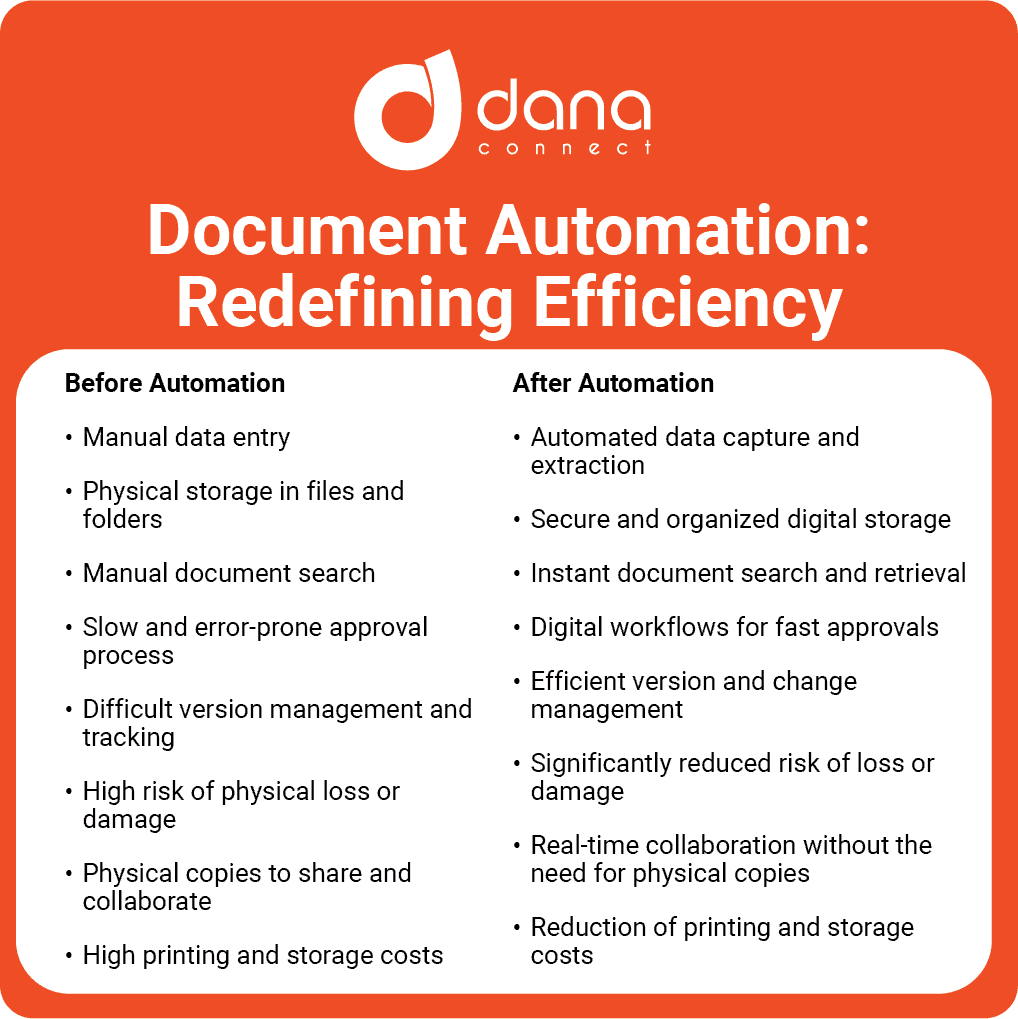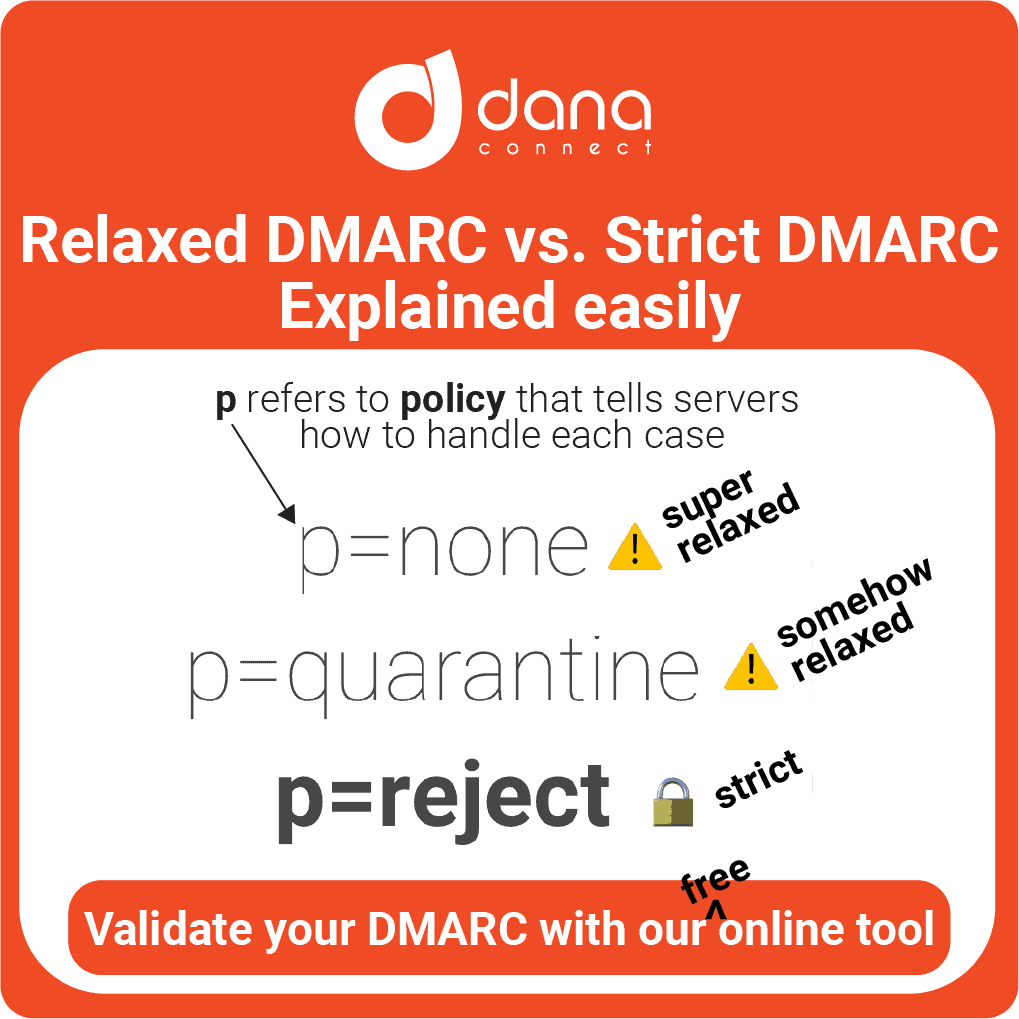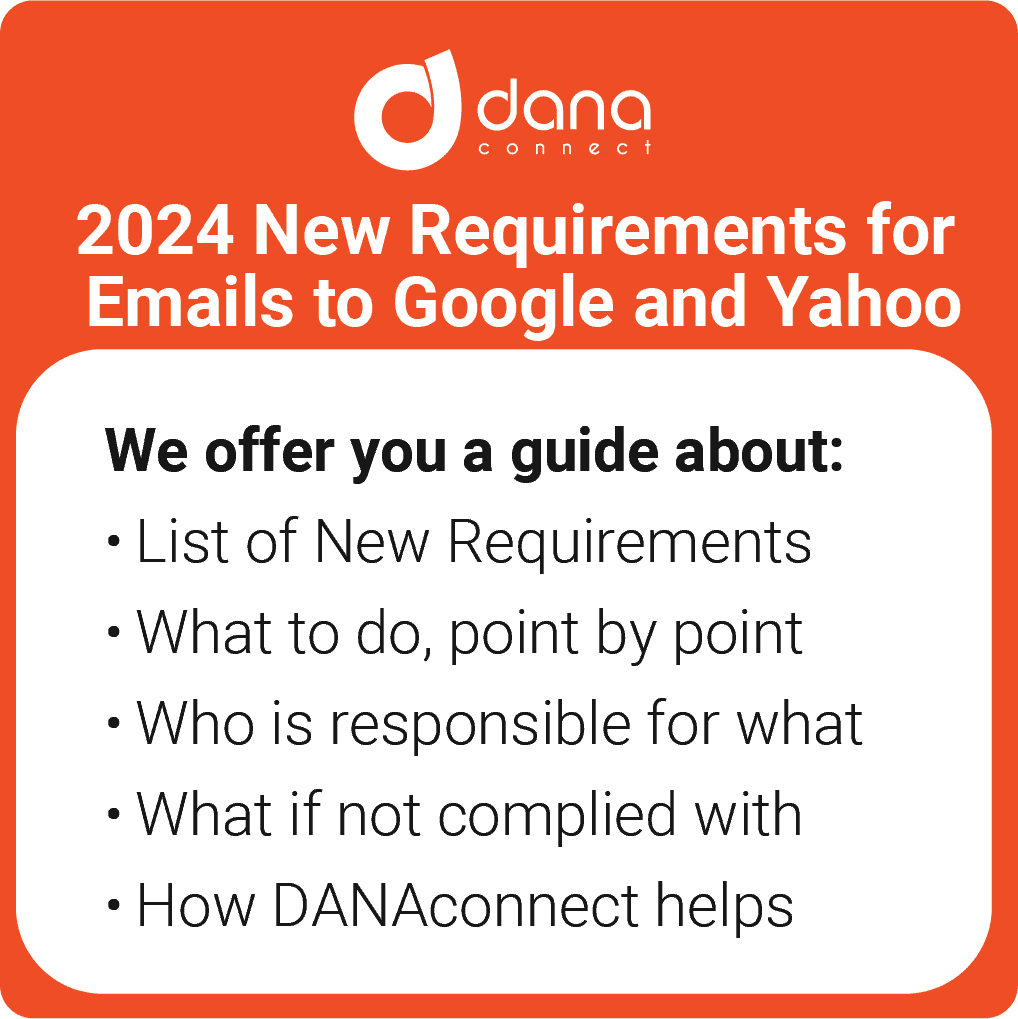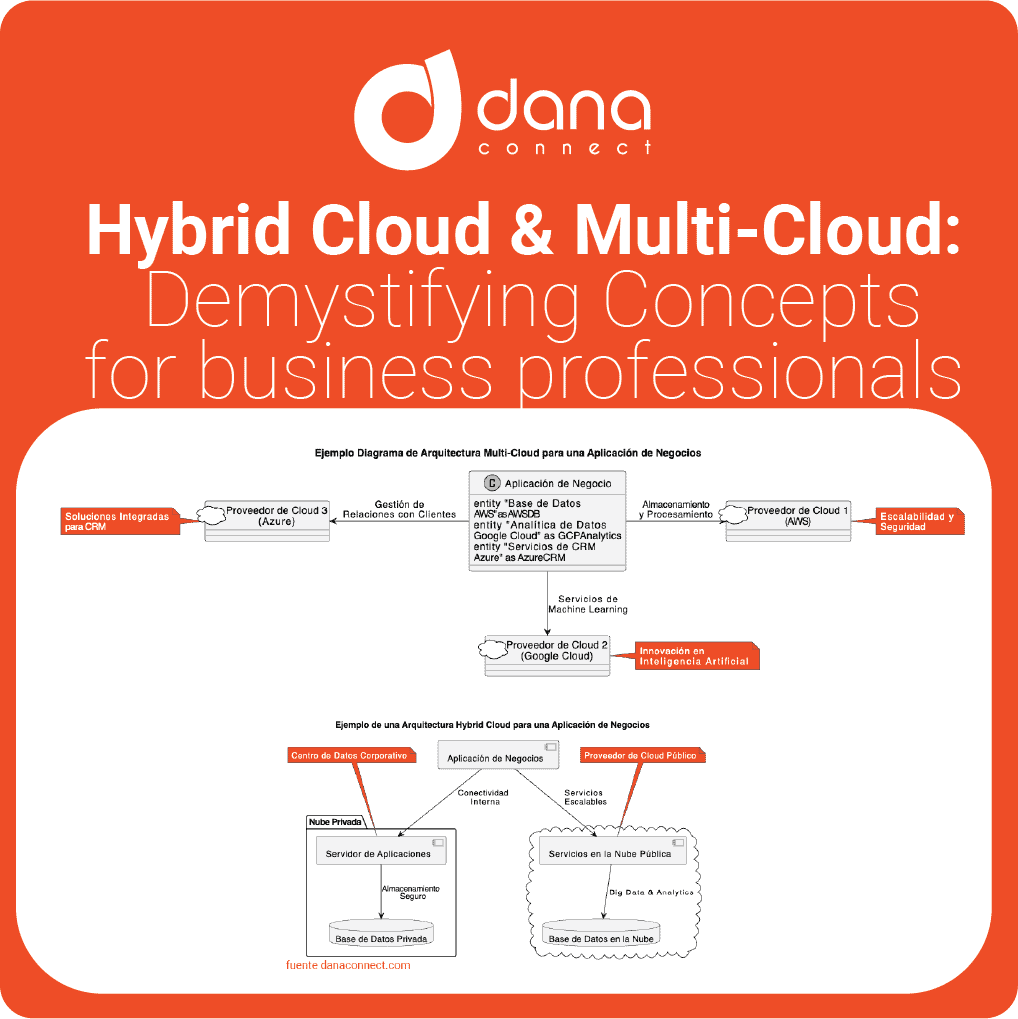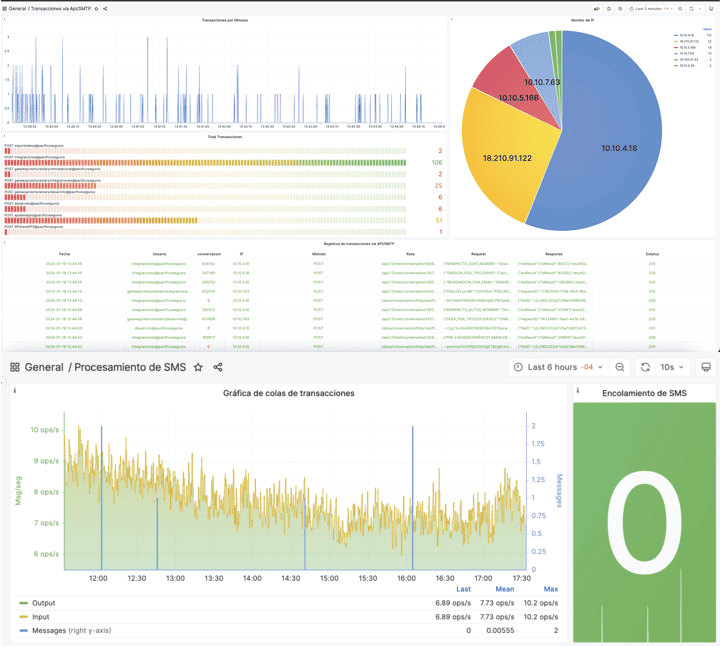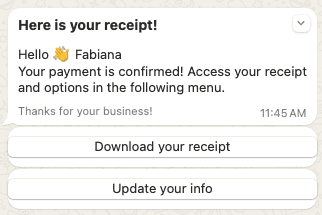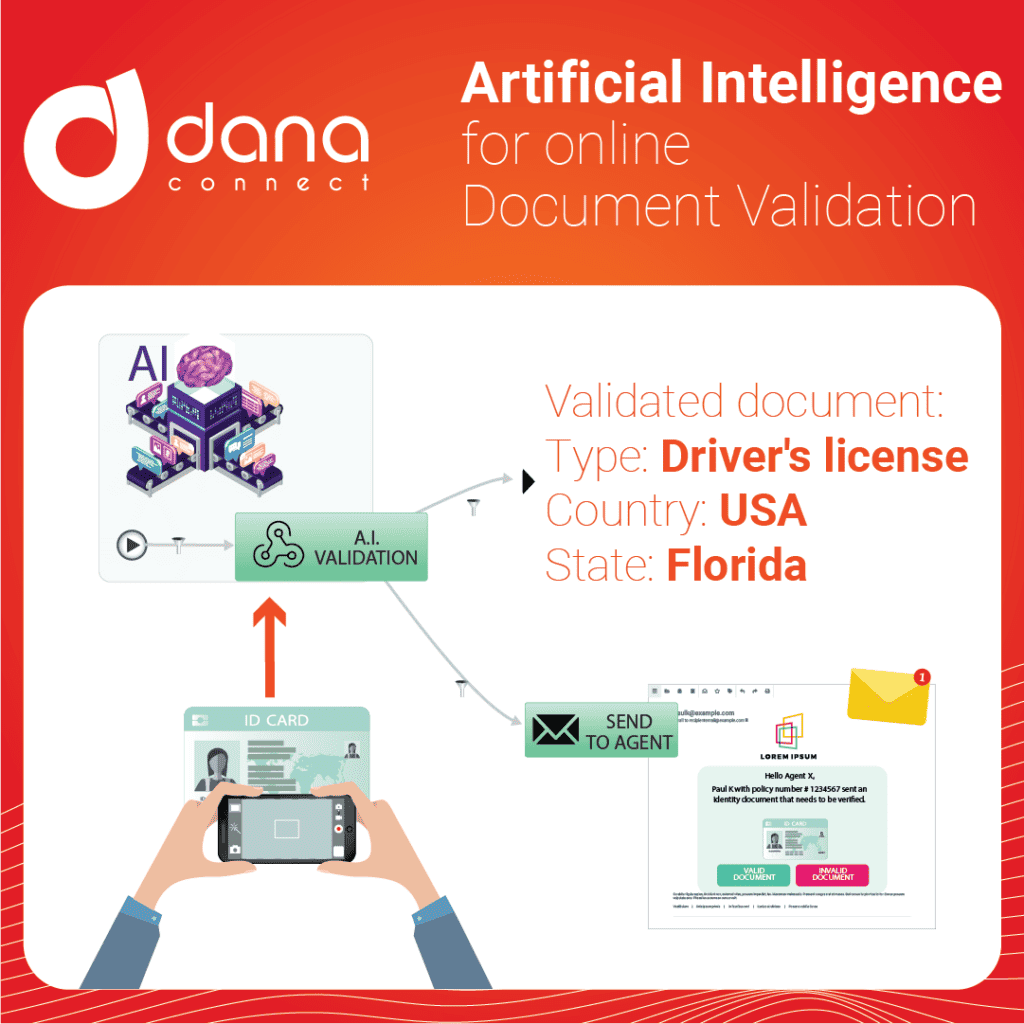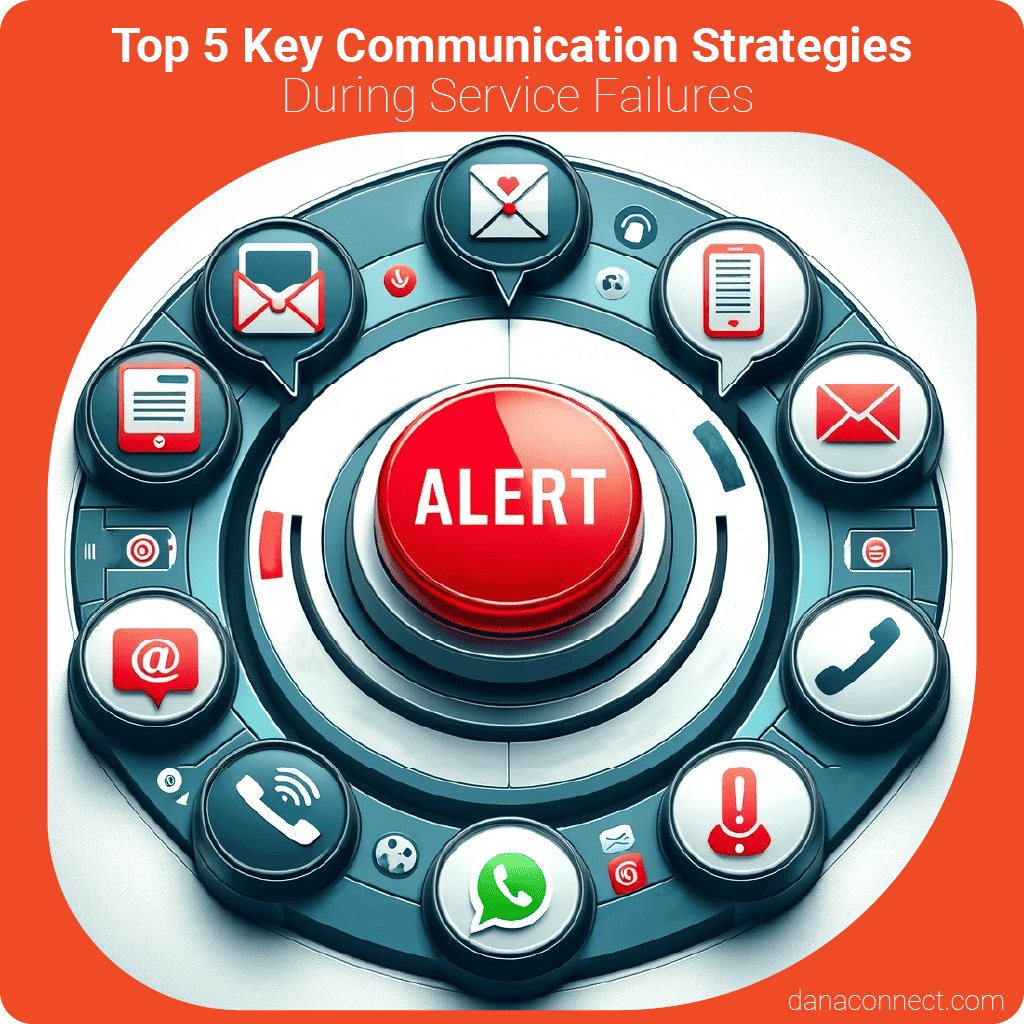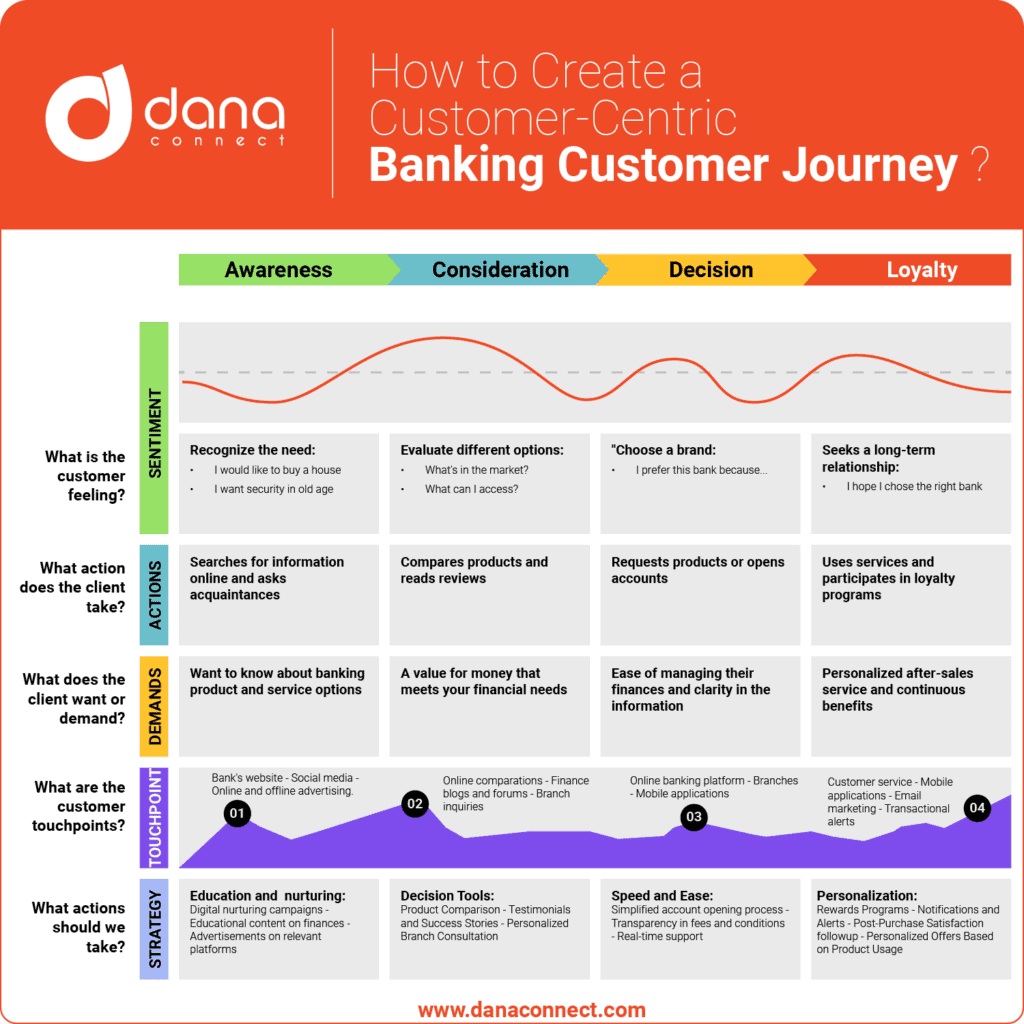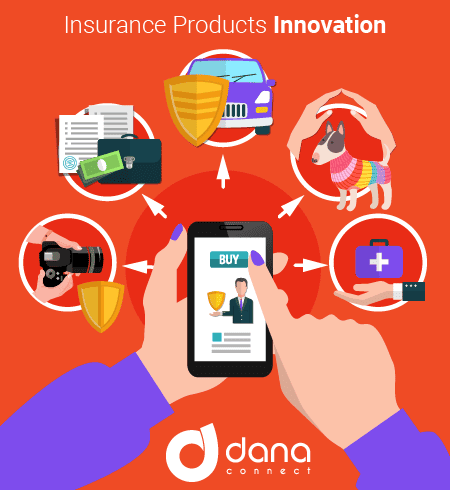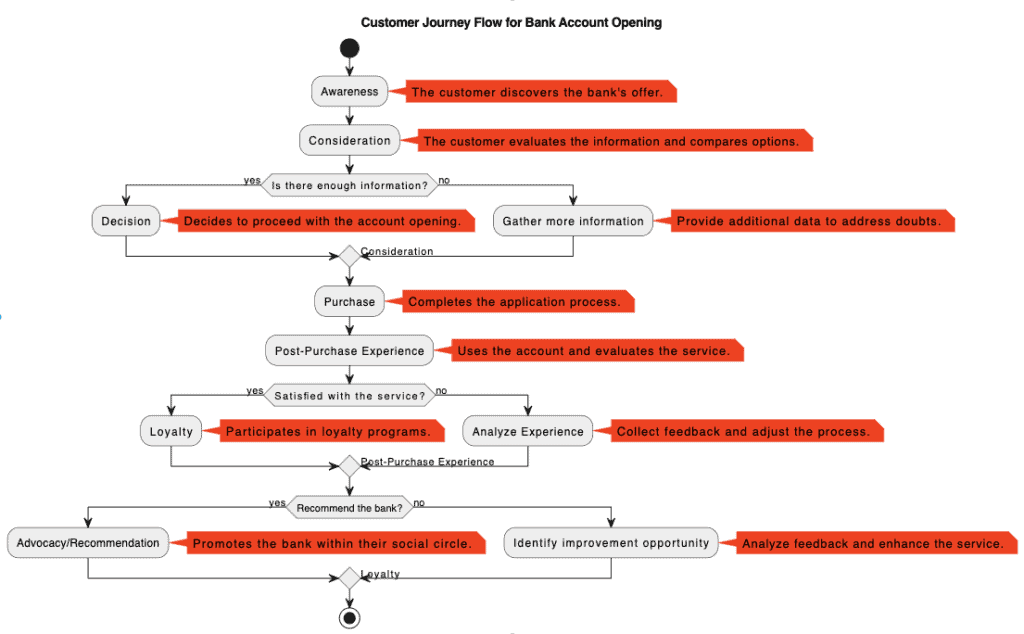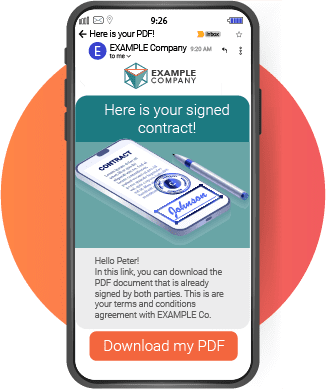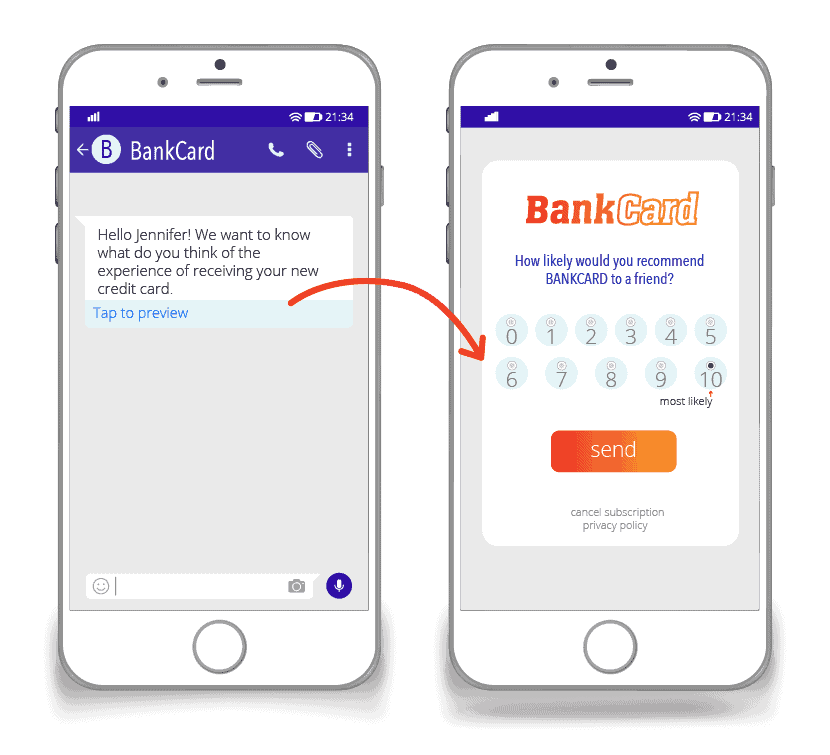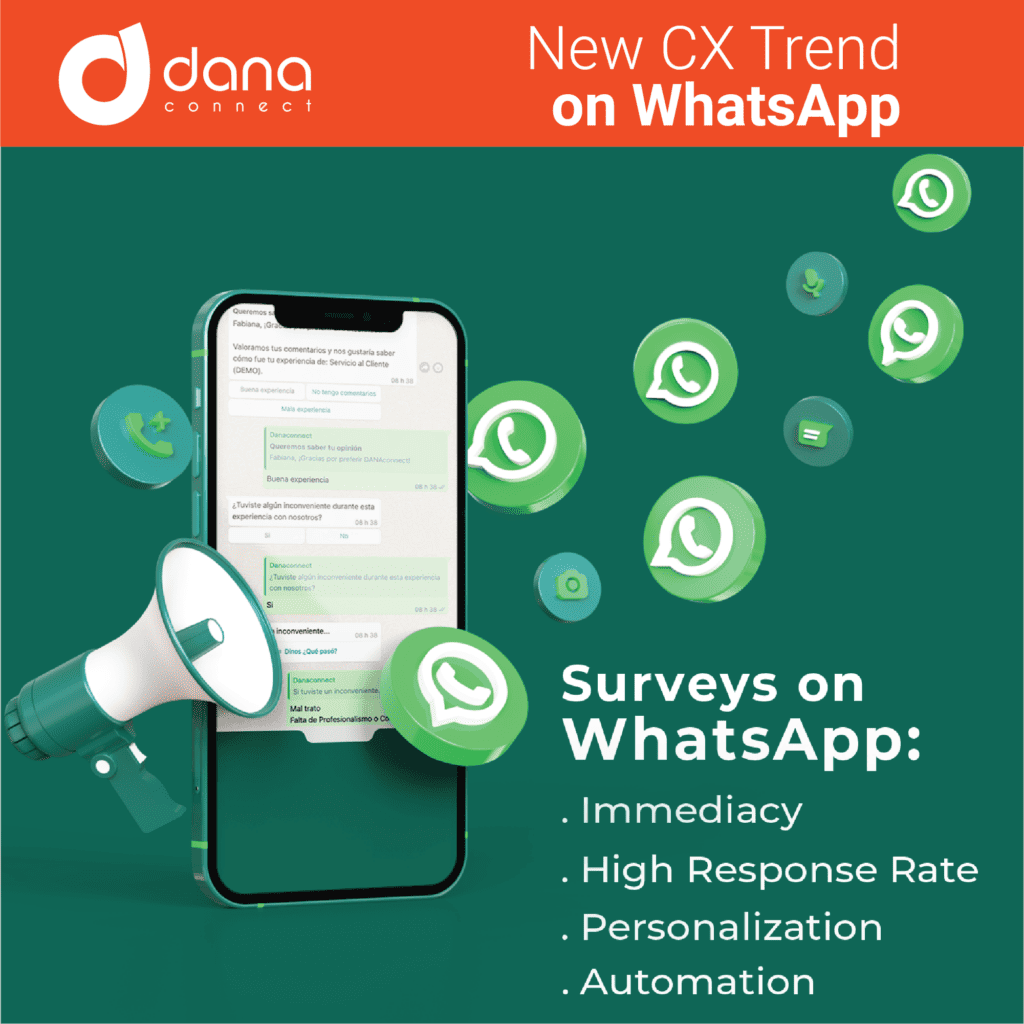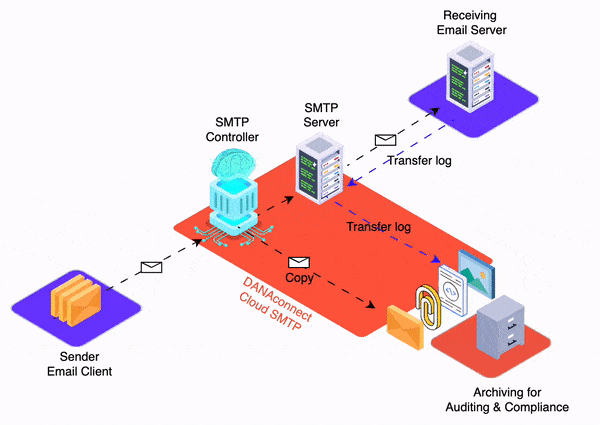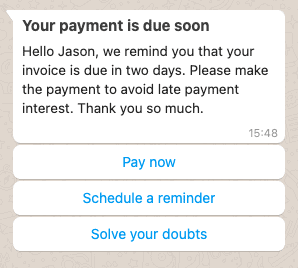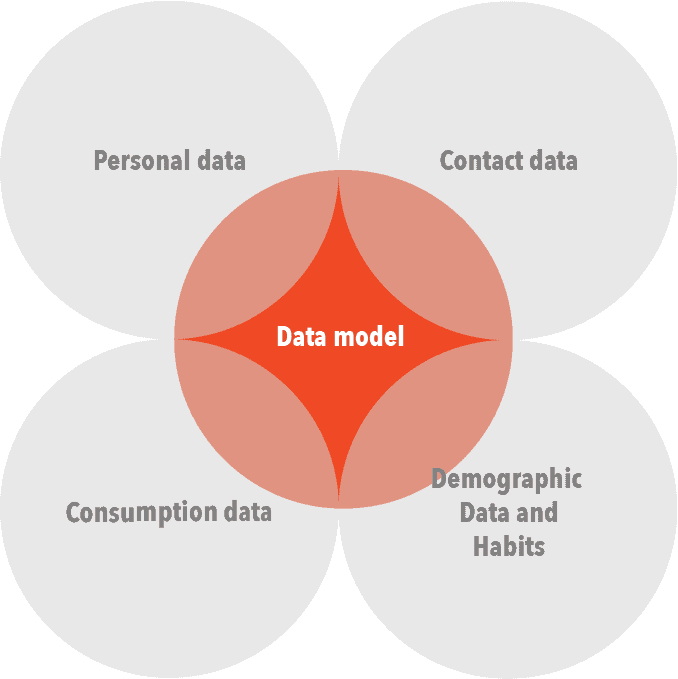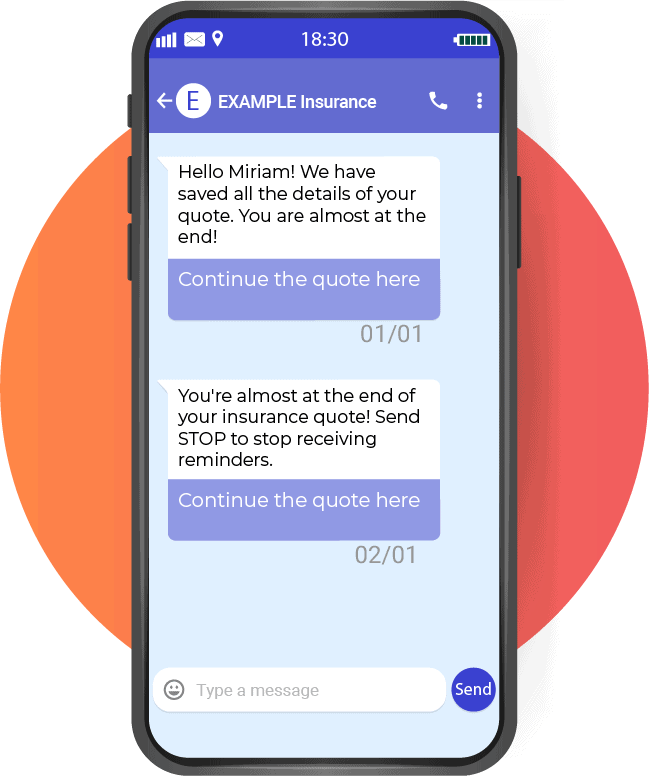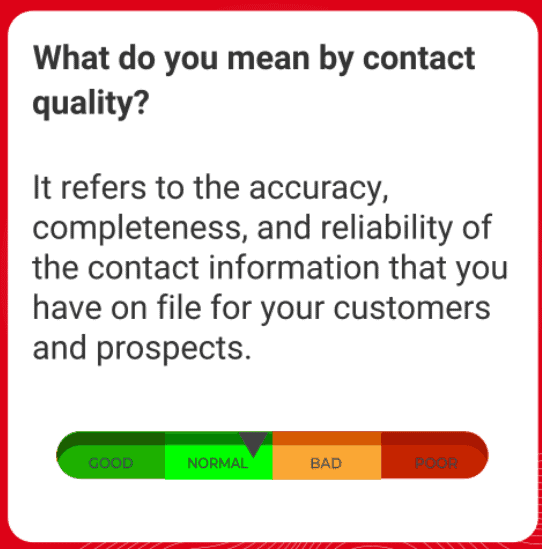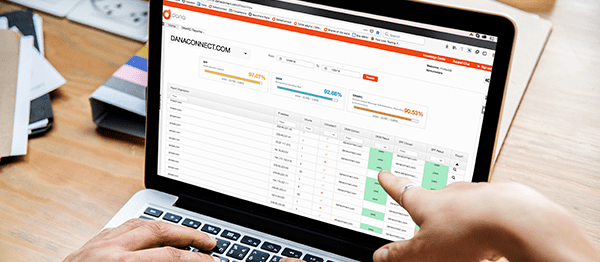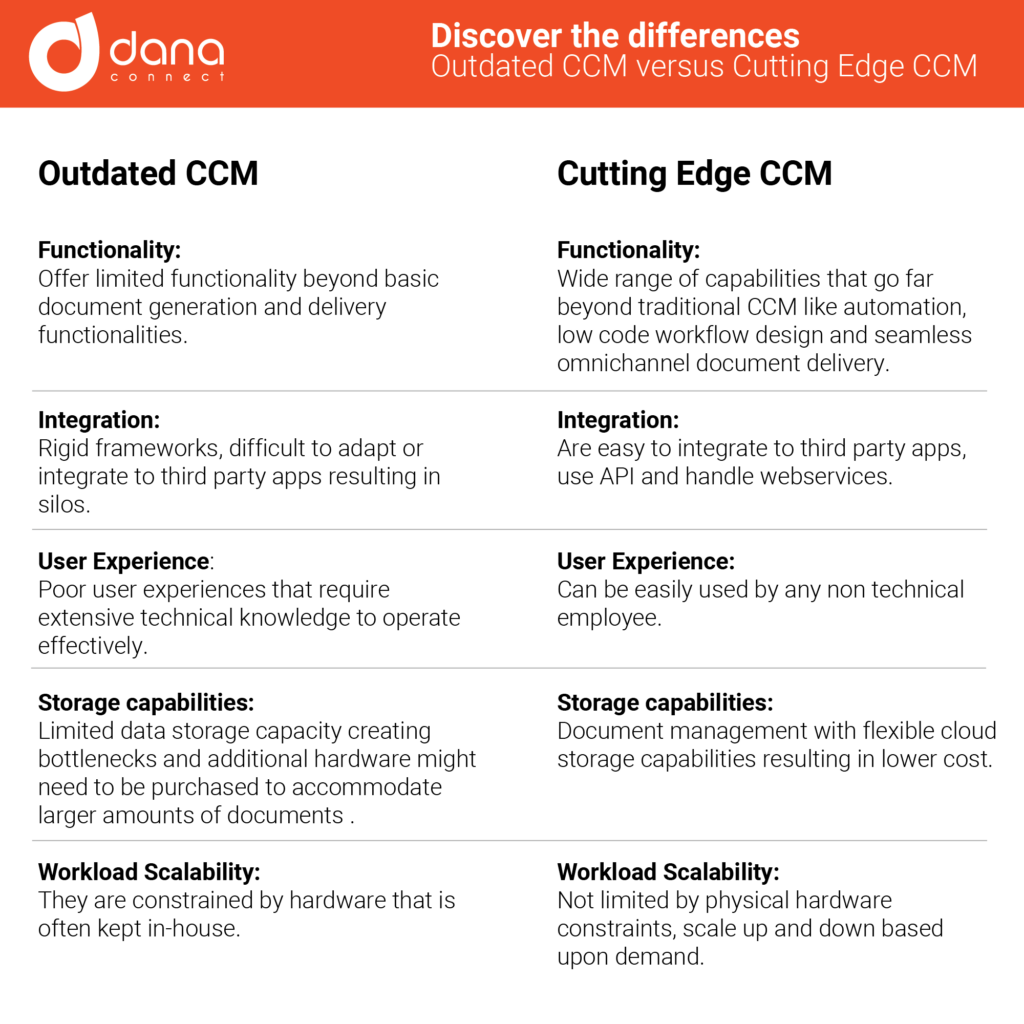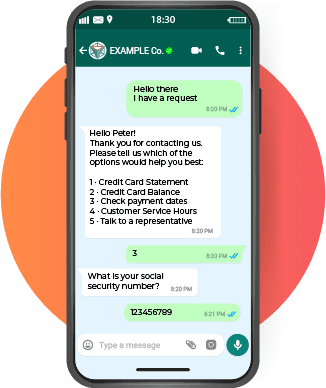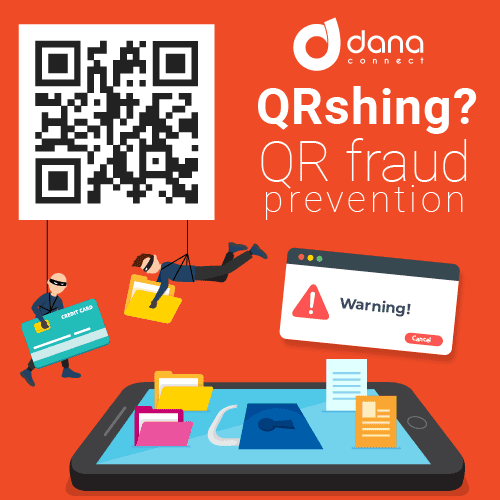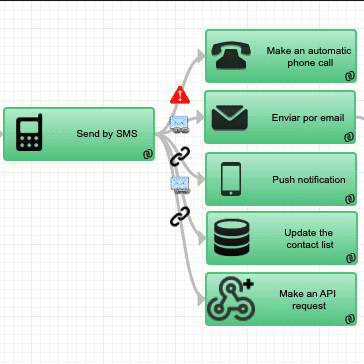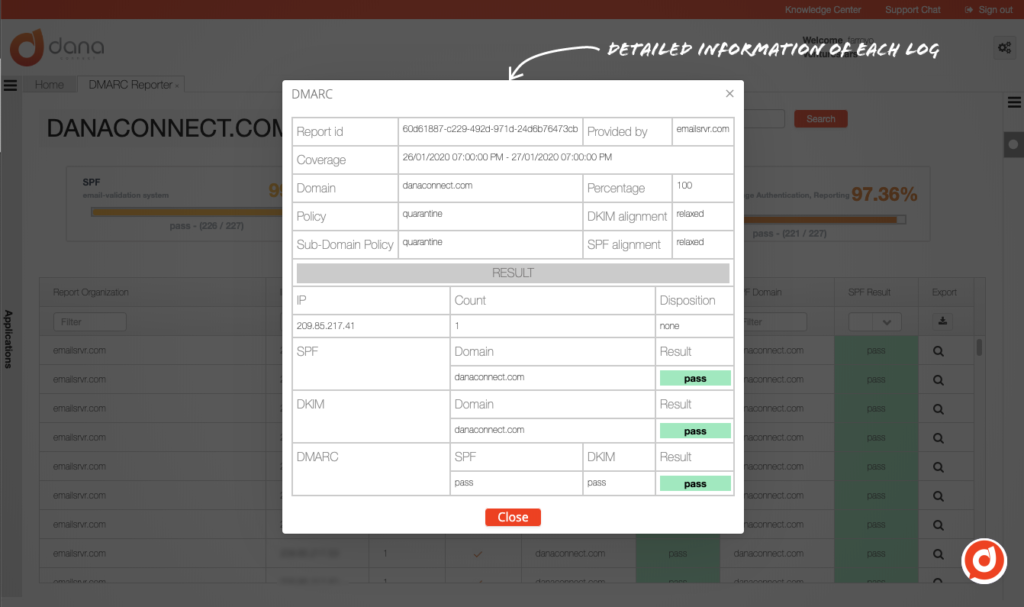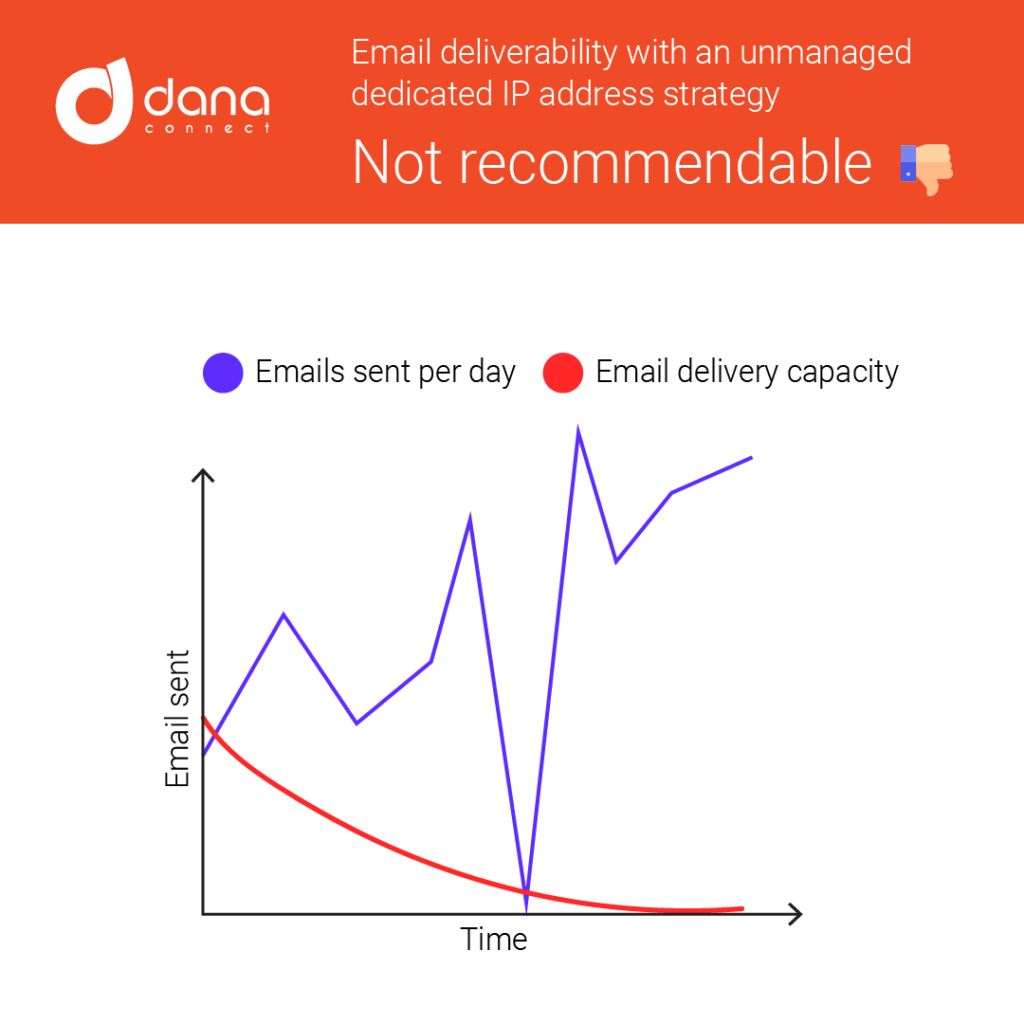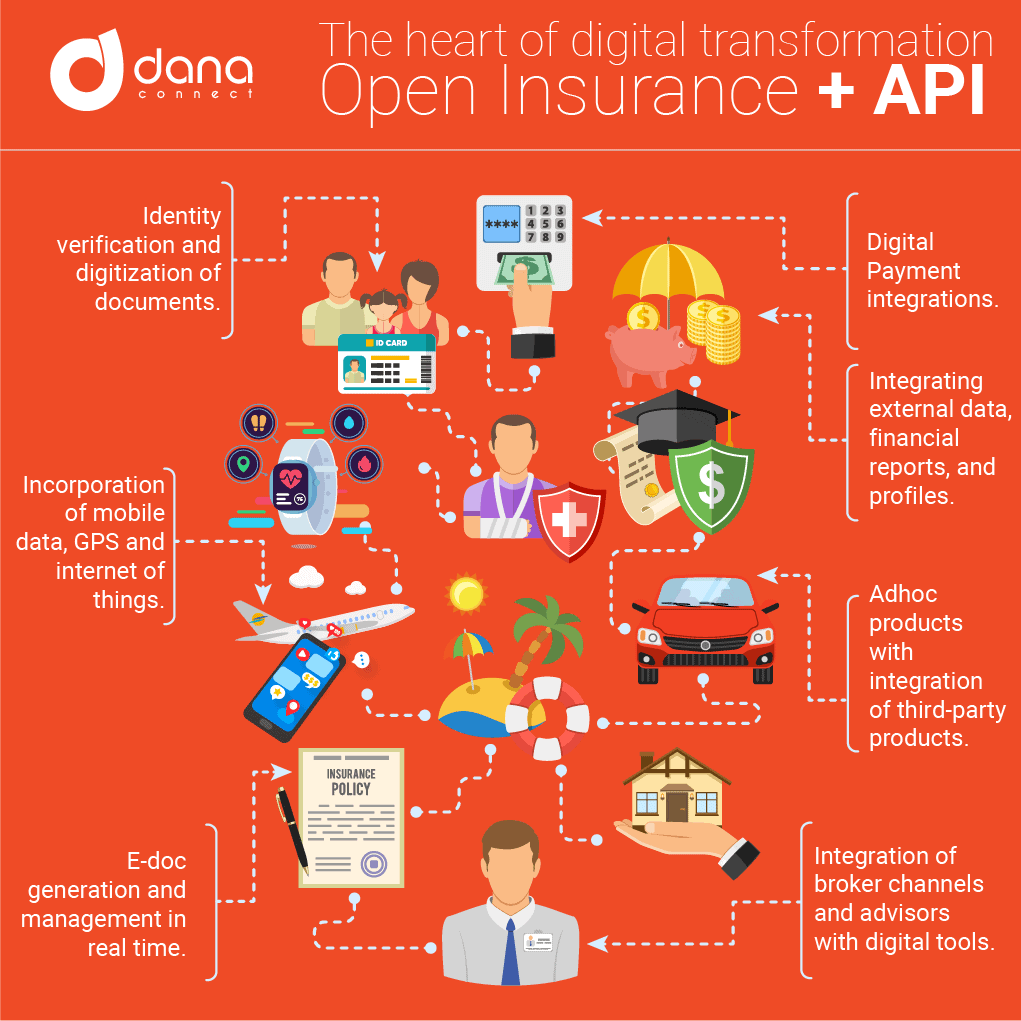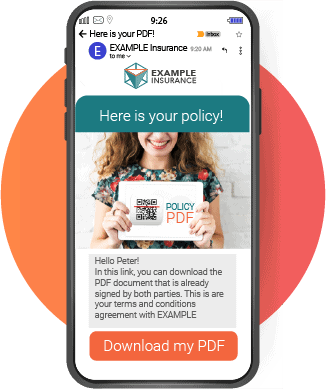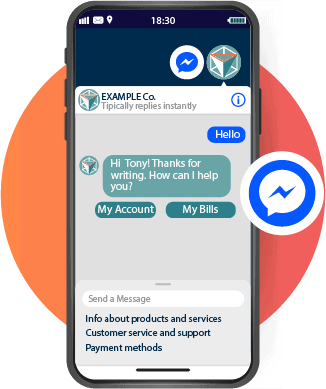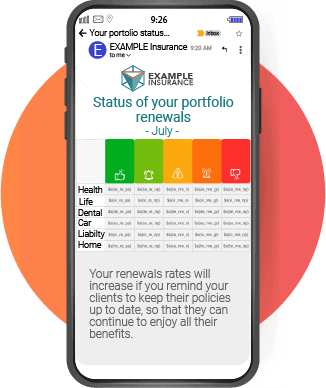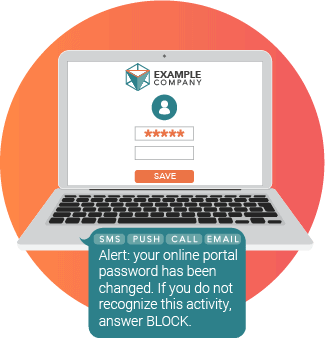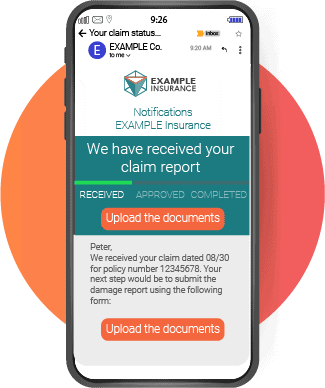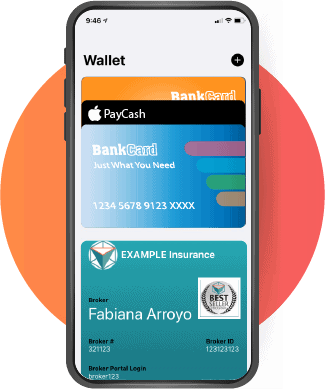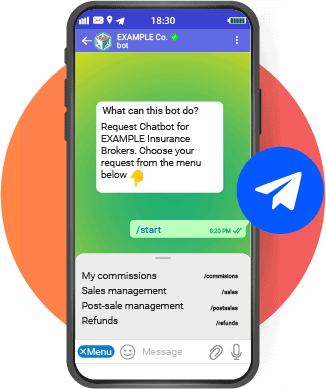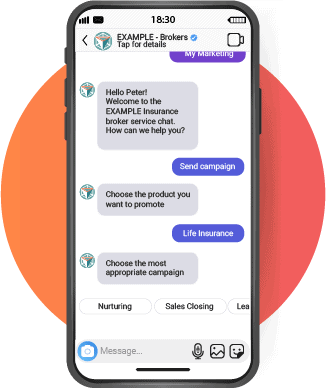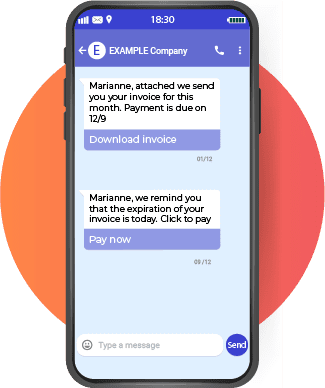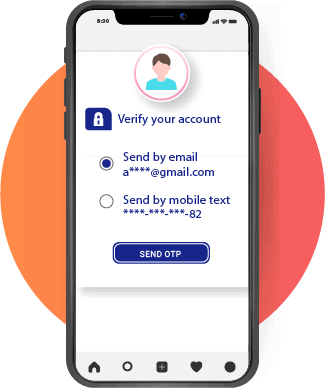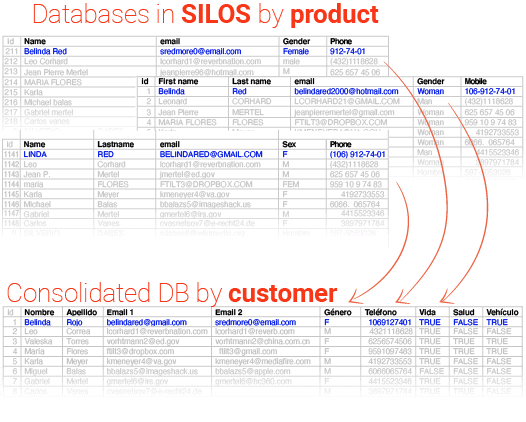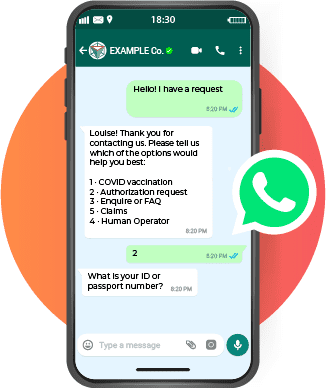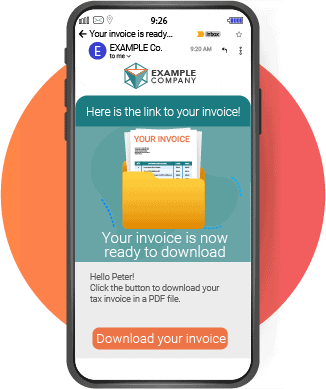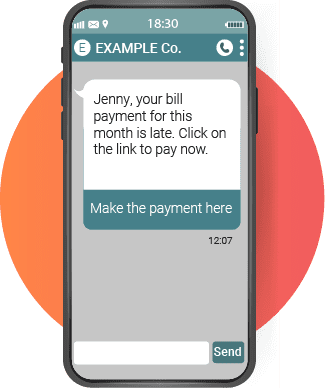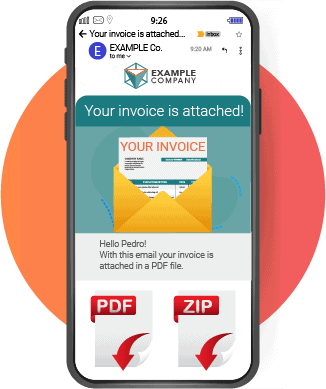In the digital age, companies are more vulnerable than ever to malicious attacks. Phishing is a form of attack that uses email, phone, text, or websites as a way to gain confidential information from unsuspecting victims. Spear phishing, whaling, vishing, email phishing, and smishing are all different types of phishing attacks that can have serious consequences for companies who are not prepared to protect themselves. By understanding the different types of phishing attacks and how they affect companies, it is possible to protect customers, brands, and reputations. Read on to learn what solutions can be implemented to prevent these fraud traps.
What is a Phishing Attack?
Phishing is a type of online identity theft in which cybercriminals pretend to be legitimate organizations in order to trick people into giving up their sensitive information. Phishing attacks are often carried out via email, but they can also take place over instant messaging or text message, or on a spoofed website that mimics a legitimate website. People are often alerted to phishing attacks because the fraudsters are not particularly sophisticated. However, even people who are well-versed in internet security issues can be tricked by phishing scams, so it’s important to know how to recognize the signs and report suspicious activity. The word “phishing” is a play on “fishing,” since criminals are trying to reel in their victims. Phishing scams typically involve an email or message that tricks people into giving up their usernames, passwords, or other personal information or financial details. Phishing scams are often very convincing, so it’s important to know what to look out for.
Types of Phishing Attacks:
In general phishing uses fraudulent emails to trick people into giving up their login credentials or other sensitive information. The more targeted the attack is, the higher the likelihood of success. There are many types of phishing attacks that can be more targeted than others. These types of phishing attacks are known as spear phishing, whaling, vishing, spoofing and smishing:
– Email Spoofing: Email spoofing is a technique used in spam and phishing attacks to trick users into thinking a message came from a person or entity they either know or can trust. It is the creation of email messages with a forged sender address, and is commonly used in phishing attacks. Email spoofing involves sending emails with a fake sender address in order to disguise the real sender, and is a common tactic among cyber criminals. Despite being one of the most damaging kinds of phishing for brands, email spoofing is also one of the easiest to prevent. Read on to know how to prevent it.
– Spear Phishing: A targeted phishing attack that uses personal information such as your name, title, company name, phone number, email address, or other details about you to trick you into clicking a malicious link or sending sensitive information. For example, an email may appear to be sent by your IT or HR department requesting you to reset your password.
– Whaling: A type of phishing attack that targets high-profile individuals, such as executives and influencers. Whaling attacks often use social engineering to trick someone into giving up their login credentials. If you receive an email that seems out of the ordinary, even if it appears to come from someone you know.
– Vishing: A type of phishing attack that uses phone calls to trick people into giving up their login credentials or other sensitive information. Vishing can be carried out by an automated computer program or a live person pretending to be from an organization such as your bank, credit card company, or even the tax collector.
– Smishing: Smishing is a phishing cybersecurity attack carried out over mobile text messaging, also known as SMS phishing. As a variant of phishing, victims are deceived by an attacker who sends a text message from a seemingly trusted source, such as a bank or other legitimate organization. The message typically contains a link or attachment that, when clicked, directs the user to a malicious website or app that launches a phishing attack. Smishing is a form of social engineering, and is used to gain access to sensitive information, such as passwords and credit card details.
How Phishing Attacks Affect Companies Reputations
Phishing attacks can come at any time and from any place. They can occur via email, phone, text message, or on a spoofed website that looks almost identical to a real website. Once someone has been fooled into clicking on a malicious link or handing over sensitive information, the phishing attack has been successful.
A successful phishing attack made on the name of a certain company can have multiple negative effects on an organization’s reputation, including damage to its brand, loss of customer trust, and potential legal consequences. It can also lead to higher customer service costs as businesses try to repair the damage to their reputation. Additionally, phishing attacks can lead to financial losses, as the company may be required to pay for remediation costs, legal fees, and other associated expenses.
How to prevent malicious phishing attacks involving your company’s brand?
To prevent malicious phishing attacks with your company’s brand, you should take proactive steps to protect your digital assets. You should implement two-factor authentication passwords and have an incident response plan in place. You should also monitor for any unauthorized use of your company’s brand in the email channel implementing a DMARC methodology, a system to check for phishing attempts that use your company’s brand, and to report any suspicious activity to the authorities.
Regarding the SMS there are many best practices that could be implemented to build a secure text message channel. We develop these practice in another article A Communication Strategy to Build Trust in Your SMS Channel
How can DMARC prevent email phishing?
DMARC is a security protocol that helps prevent email spoofing and phishing. It works by verifying the authenticity of the sender’s domain, which helps identify malicious emails that are sent with the forged “From” address of a legitimate domain. It also allows domain owners to set a policy for how email messages from a domain should be handled, such as to reject messages that fail authentication. With DMARC in place, emails that fail authentication will be blocked or flagged, helping to protect your users from phishing attempts that use your domain.
Takeaways about phishing prevention
The threat of phishing attacks is serious for companies of all kinds, but especially those that handle financial information. By understanding the different types of phishing attacks and how they affect companies, companies can take steps to protect their customers, their brands and their reputation. Companies can implement different prevention measures like two factor authentication OTPs, DMARC methodology and adopt best communications strategies to educate and prevent their customers from falling into these traps.



